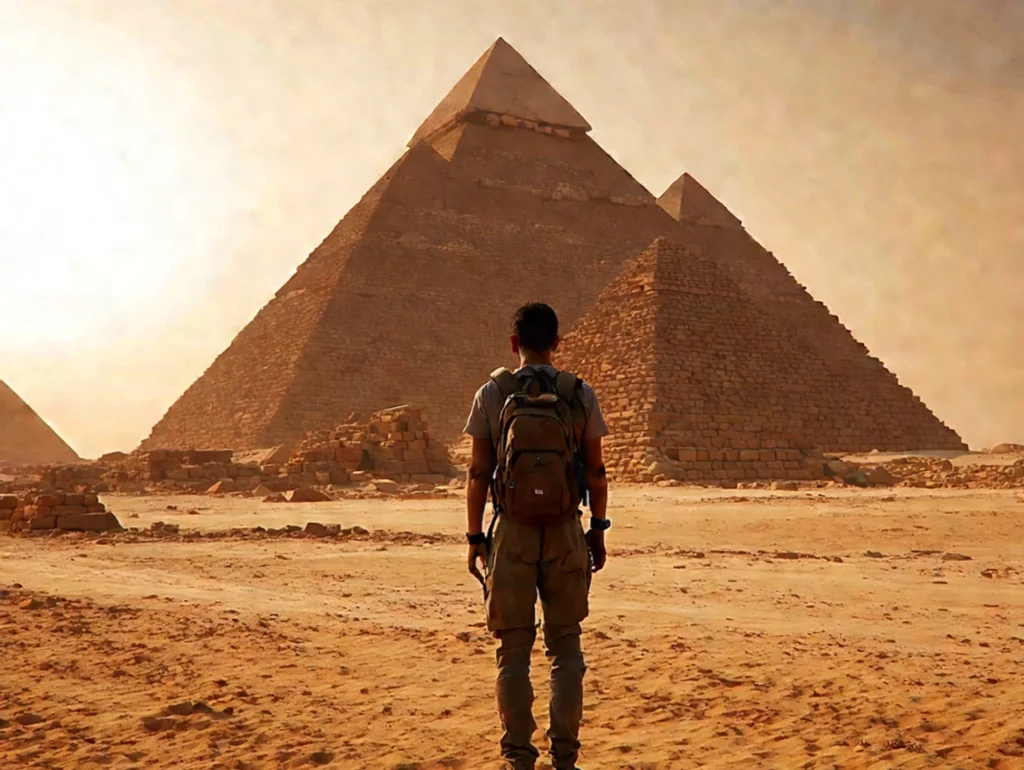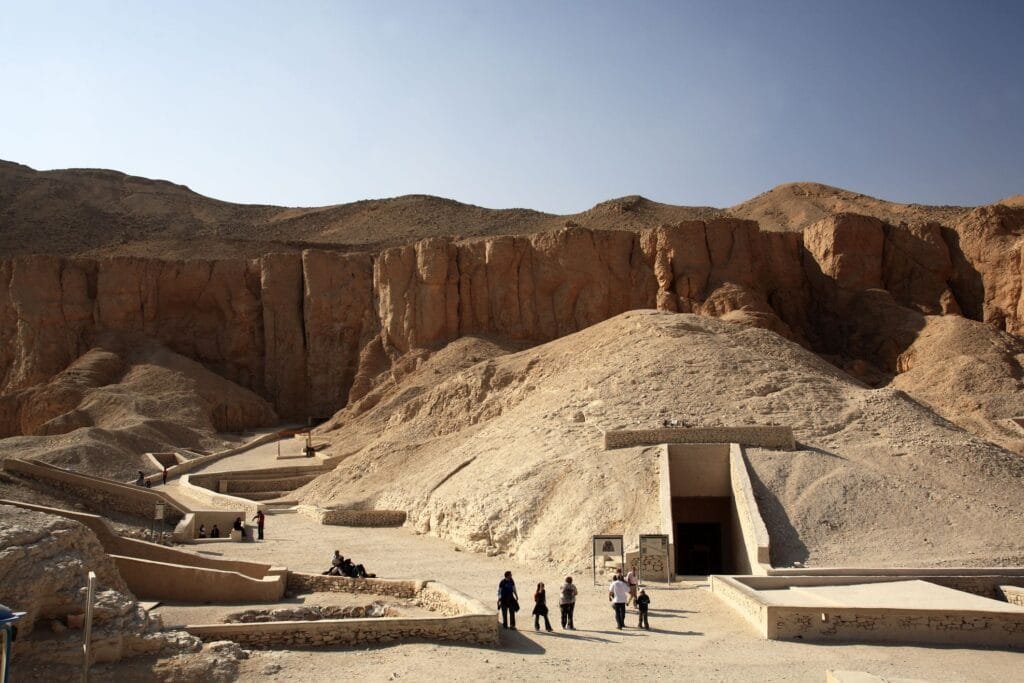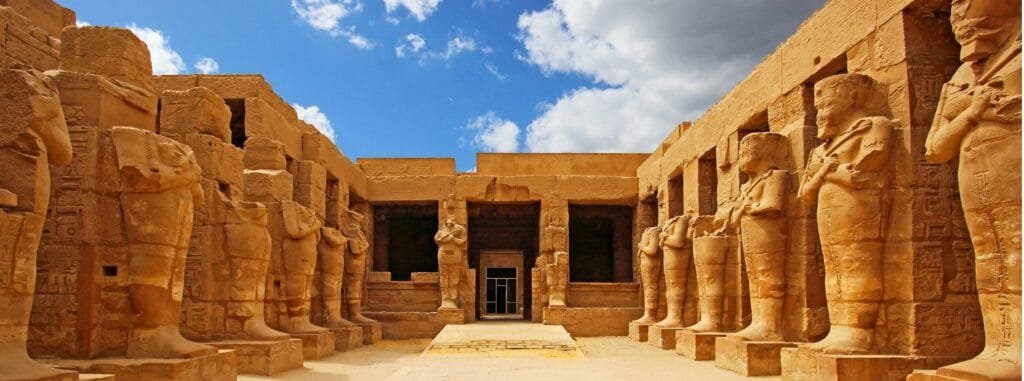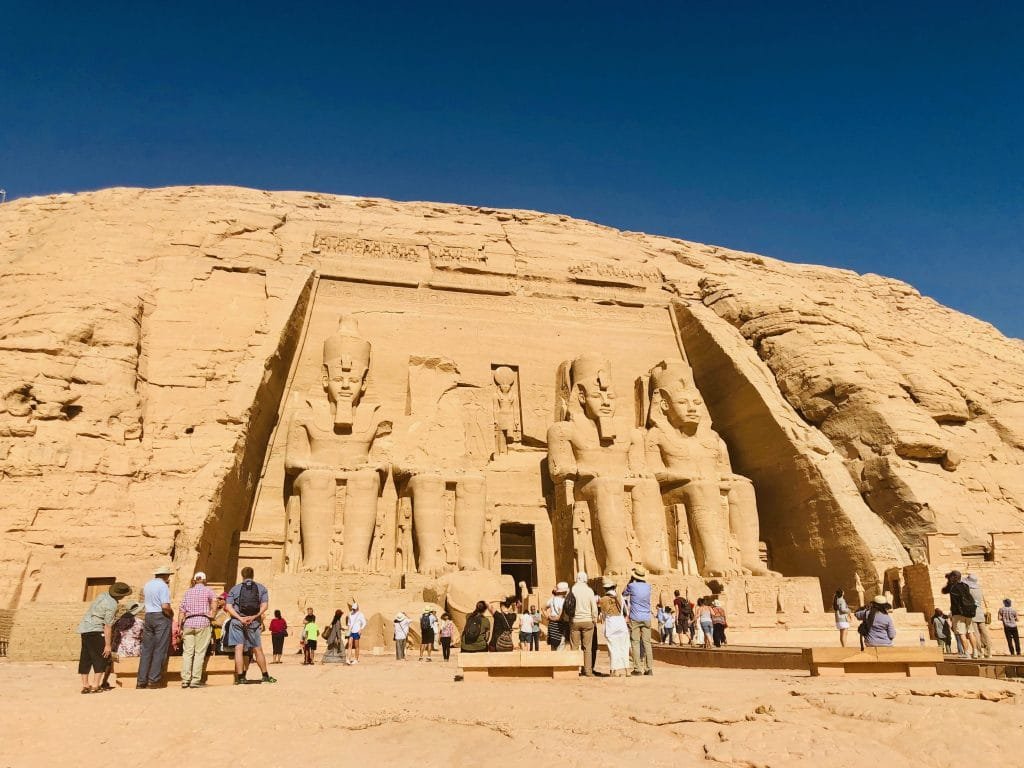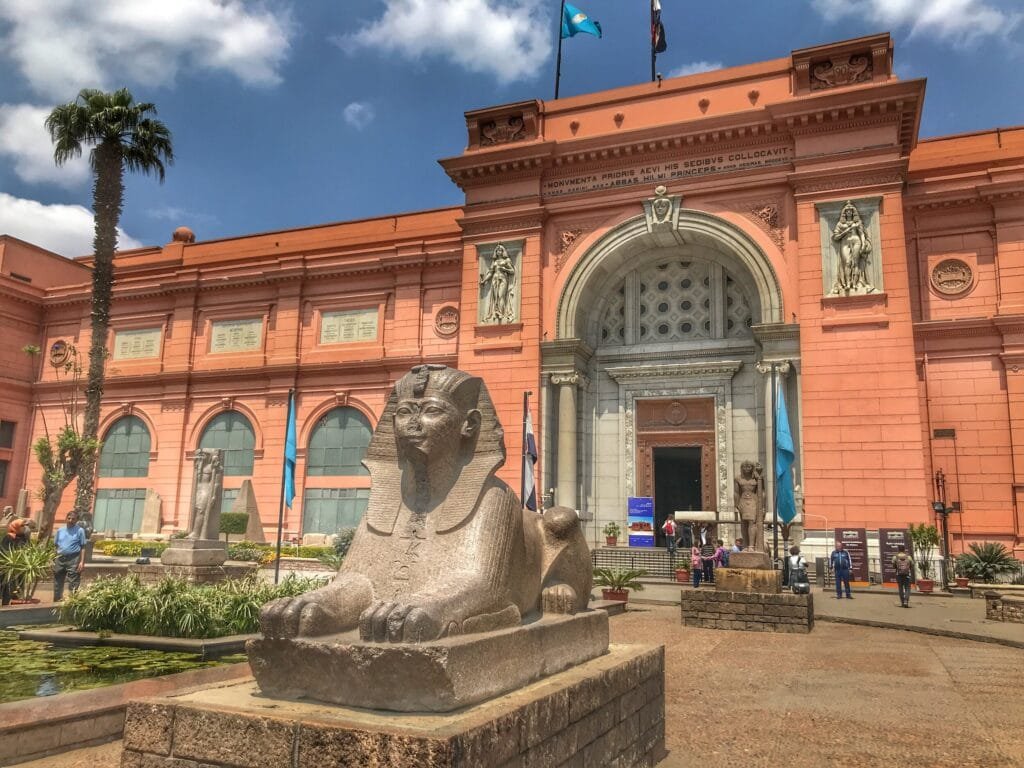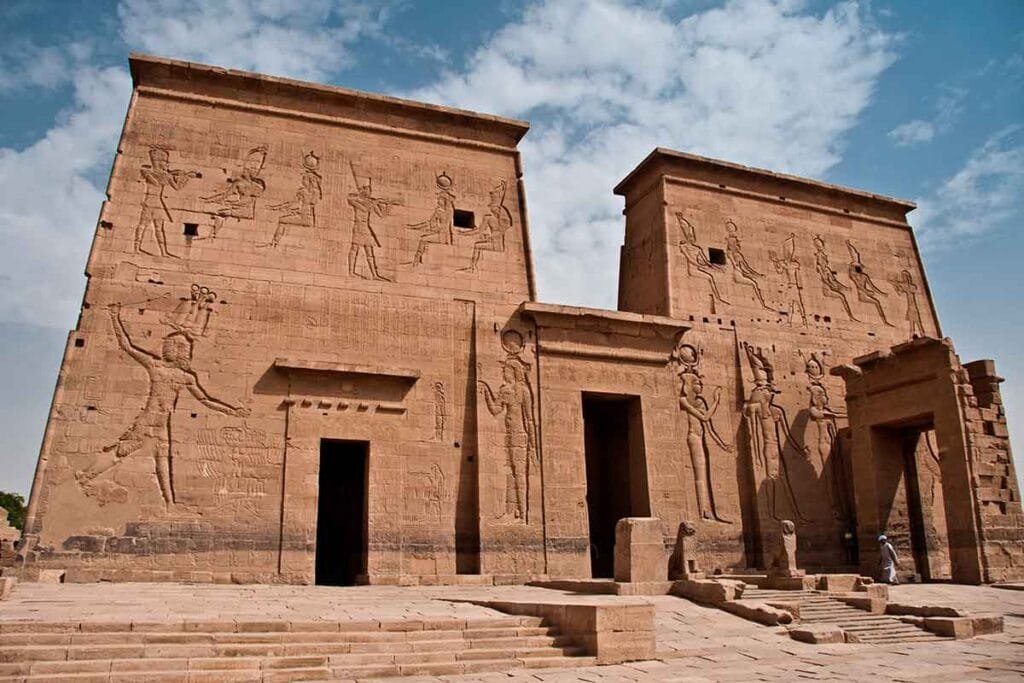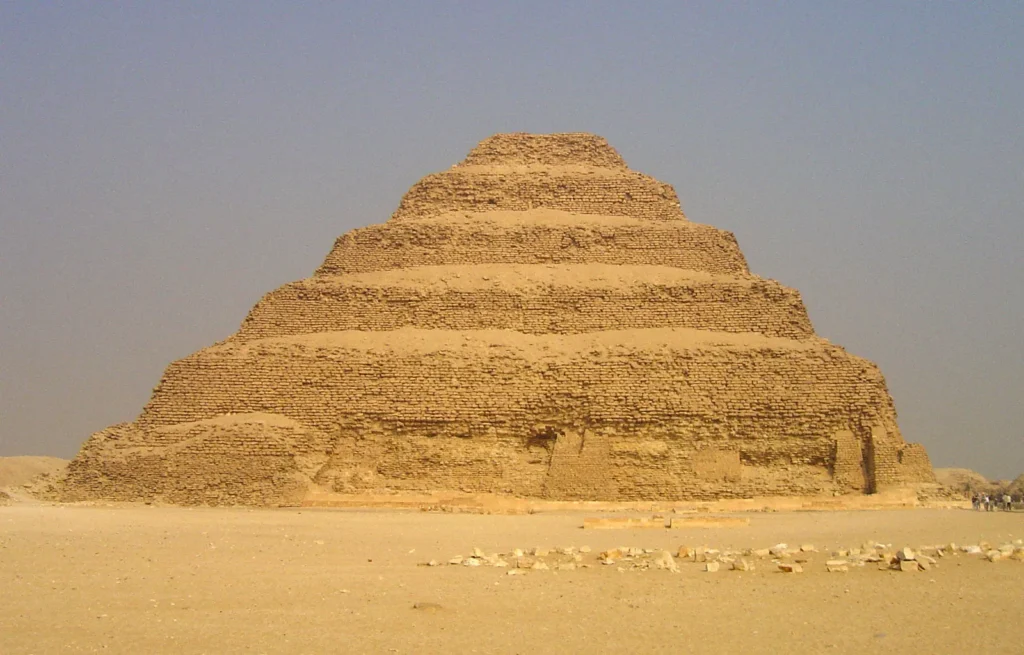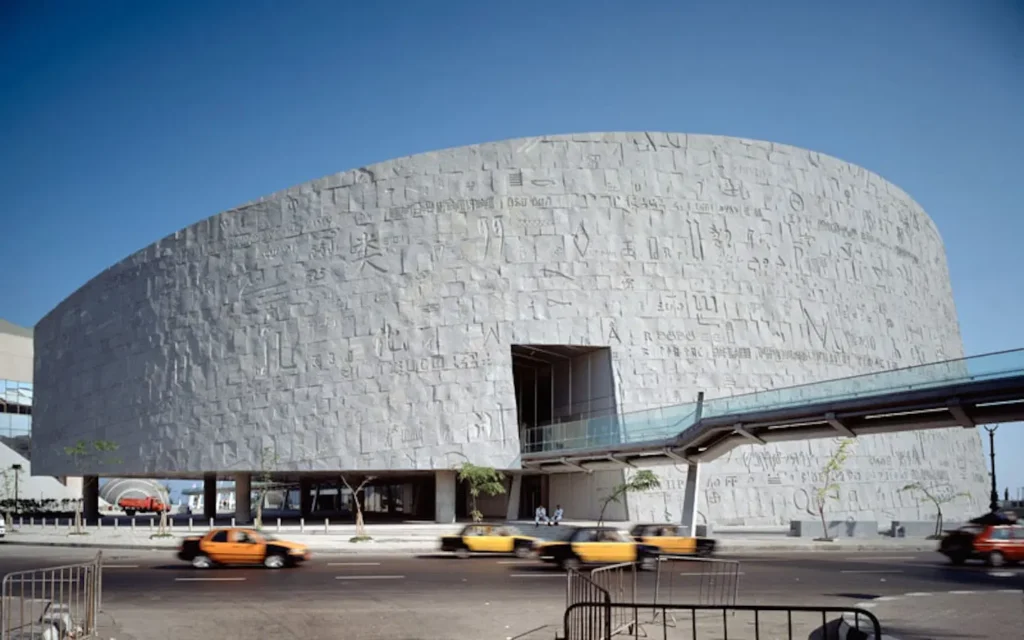Ancient Egypt is home to a vast array of monuments, temples, and tombs, each telling a unique story about the civilization that flourished along the Nile for thousands of years. Whether you’re an avid history enthusiast or simply captivated by ancient cultures, Egypt has no shortage of sites to explore. Below are the top 10 must-visit sites in Ancient Egypt that should be at the top of your travel list.
- Egypt Tour Magic
- Egypt Tour Packages
- Excursions in Egypt
- Cairo Tours and Excursions
- Hurghada Tours and Excursions
- Soma Bay Tours and Excursions
- Makadi Bay Tours and Excursions
- Sahl Hasheesh Tours and Excursions
- El Gouna Tours and Excursions
- Marsa Alam Tours and Excursions
- Port Ghalib Tours and Excursions
- El Quseir Tours and Excursions
- Dendera and Abydos Day Tours
- Aswan Tours and Excursions
- Luxor Tours and Excursions
- Alexandria Tours and Excursions
- Sharm El Sheikh Tours and Excursions
- Top Rated Tours in 2025
- Optional Excursions in Egypt
- Private Transfer
- Blogs About egypt
- Ancient Egypt
- What You Need To know Before Your First Trip To Egypt
- Best Places to Visit in Egypt 2025
- Top Attractions in Red Sea Resorts 2025
- Top 10 Tourist Activities in Egypt
- Top 30 Activities You Can’t Miss in Egypt
- The Guide to Guided Tours in Egypt
- Egypt’s Ancient and Modern History
- The Nile River
- The Deserts of Egypt
- Historical Sites in Egypt
- Cairo
- Alexandria
- Luxor
- Aswan
- The Red Sea
- Dendera Temple
- El Fayoum Oasis
- Bahariya Oasis
- Siwa Oasis
- Al Alamein
- Marsa Matruh
- Ancient Egyptian gods
- famous Egyptian dishes
- UNESCO World Heritage sites
- About Us
- Why Egypt Tour Magic
- Egypt Tour Magic
- Egypt Tour Packages
- Excursions in Egypt
- Cairo Tours and Excursions
- Hurghada Tours and Excursions
- Soma Bay Tours and Excursions
- Makadi Bay Tours and Excursions
- Sahl Hasheesh Tours and Excursions
- El Gouna Tours and Excursions
- Marsa Alam Tours and Excursions
- Port Ghalib Tours and Excursions
- El Quseir Tours and Excursions
- Dendera and Abydos Day Tours
- Aswan Tours and Excursions
- Luxor Tours and Excursions
- Alexandria Tours and Excursions
- Sharm El Sheikh Tours and Excursions
- Top Rated Tours in 2025
- Optional Excursions in Egypt
- Private Transfer
- Blogs About egypt
- Ancient Egypt
- What You Need To know Before Your First Trip To Egypt
- Best Places to Visit in Egypt 2025
- Top Attractions in Red Sea Resorts 2025
- Top 10 Tourist Activities in Egypt
- Top 30 Activities You Can’t Miss in Egypt
- The Guide to Guided Tours in Egypt
- Egypt’s Ancient and Modern History
- The Nile River
- The Deserts of Egypt
- Historical Sites in Egypt
- Cairo
- Alexandria
- Luxor
- Aswan
- The Red Sea
- Dendera Temple
- El Fayoum Oasis
- Bahariya Oasis
- Siwa Oasis
- Al Alamein
- Marsa Matruh
- Ancient Egyptian gods
- famous Egyptian dishes
- UNESCO World Heritage sites
- About Us
- Why Egypt Tour Magic
From Pyramids to Temples: Top 10 Ancient Egyptian Landmarks You Can't Miss
The Pyramids of Giza
The Pyramids of Giza, located just outside Cairo, are the most famous and enduring symbols of ancient Egypt. The Great Pyramid, built for Pharaoh Khufu (Cheops), stands as one of the Seven Wonders of the Ancient World and is the only one still largely intact. Constructed using millions of limestone blocks, this pyramid was originally covered in smooth, white limestone, making it shimmer under the sun. The Pyramid of Khafre is notable for its unique mortuary temple and its close proximity to the Great Sphinx of Giza, a massive statue with the body of a lion and the head of a pharaoh. Visitors can explore the interior of the Great Pyramid, witness the immense scale of these ancient structures, and enjoy the panoramic views of the surrounding desert. The Giza Plateau continues to captivate historians, archaeologists, and tourists from around the world with its rich history and awe-inspiring monuments.
The Valley of the Kings
The Valley of the Kings is one of Egypt's most significant archaeological sites, located on the West Bank of the Nile near Luxor. This valley served as the burial place for pharaohs and powerful nobles of the New Kingdom period. Among its most famous tombs are those of Tutankhamun, whose tomb was discovered by Howard Carter in 1922, and Ramses II, one of Egypt's most powerful rulers. The tombs are carved deep into the mountainside and decorated with elaborate scenes from Egyptian mythology and the afterlife. The site provides an insightful look into the ancient Egyptians' funerary practices, with hieroglyphic carvings depicting the journey to the afterlife. The Valley also contains tombs of queens and lesser-known pharaohs. Visitors can explore the tombs, though many are restricted to protect their delicate artwork. The valley remains a symbol of Egypt’s extraordinary legacy and commitment to honoring its rulers in the afterlife.
The Temple of Karnak
The Temple of Karnak in Luxor is an immense religious complex that was primarily dedicated to the sun god Amun-Ra. This temple is one of the largest religious structures ever built and consists of a network of temples, pylons, chapels, and other buildings. The most famous part of the temple is the Hypostyle Hall, a vast space with 134 massive columns, each over 60 feet tall. The intricately carved walls and ceilings of the hall are adorned with scenes of the gods and pharaohs, offering an insight into the power of Egypt’s divine kings. The temple was expanded over a period of 1,500 years by various pharaohs, each adding their own contributions to the grandeur of the site. The Obelisk of Hatshepsut and the Sacred Lake are also notable features. A visit to Karnak is a must for anyone wanting to understand the scale and sophistication of ancient Egyptian religious life.
4. The Temple of Luxor
The Temple of Luxor, situated on the east bank of the Nile, was dedicated to the god Amun-Ra and is one of the most important religious sites in Egypt. Constructed by Amenhotep III and later expanded by Ramses II, this temple was the center of the annual Opet Festival, which celebrated the rejuvenation of the pharaoh’s power. The temple is known for its grand pylon entrance, which is flanked by statues of Ramses II, and the Avenue of Sphinxes, a walkway that once connected it to the Temple of Karnak. Inside, visitors can admire the beautifully preserved hieroglyphic reliefs depicting the pharaoh's triumphs and divine favor. The sanctuary, which housed a cult statue of Amun, remains one of the most important locations for ancient Egyptian religious practices. The temple's proximity to the Nile adds to its grandeur, making it an essential part of any trip to Luxor and a testament to ancient Egyptian architecture.
5. Abu Simbel Temples
The Abu Simbel Temples, built by Ramses II in the 13th century BCE, are a stunning testament to ancient Egyptian architecture and the power of one of Egypt’s greatest pharaohs. The larger temple is famous for its four colossal statues of Ramses II, each towering over 60 feet high, standing at the entrance. These statues are accompanied by intricate carvings and reliefs that tell the story of Ramses II’s military victories and divine status. The smaller temple is dedicated to Queen Nefertari, Ramses' beloved wife, and features statues of her alongside Ramses, emphasizing the pharaoh’s reverence for his queen. The temples were originally carved into the mountainside, but in the 1960s, they were carefully relocated to higher ground to avoid being submerged by the Aswan High Dam. Today, the temples remain a marvel of ancient engineering and artistry, offering insight into Egypt’s rich cultural heritage and devotion to the gods.
6. The Egyptian Museum in Cairo
The Egyptian Museum in Cairo is the world’s premier museum dedicated to ancient Egyptian history, housing over 120,000 artifacts spanning 5,000 years. Among its most famous exhibits is the Treasures of Tutankhamun, including the iconic golden death mask that became a symbol of ancient Egyptian wealth and artistry. The museum’s collection also includes monumental statues, sarcophagi, mummies, and everyday items from ancient Egypt, providing a comprehensive look at the culture, religion, and daily life of one of the world’s oldest civilizations. Visitors can marvel at the Royal Mummy Room, where the mummified remains of famous pharaohs, such as Ramses II and Seti I, are on display. The museum’s vast collection offers a deep understanding of Egyptian history and is a must-visit for those seeking to connect with Egypt’s ancient past. The museum’s proximity to the Nile and other historical sites makes it an essential stop for anyone traveling to Cairo.
7. The Temple of Philae
The Temple of Philae, dedicated to the goddess Isis, is located on Agilkia Island near Aswan. Known for its serene beauty and architectural splendor, the temple was originally built on Philae Island and later moved to its current location to protect it from flooding caused by the Aswan High Dam. The temple complex includes several smaller temples, chapels, and sanctuaries, with the central temple featuring stunning reliefs and inscriptions depicting the goddess Isis and her role in Egyptian mythology. The temple was an important center for the worship of Isis and remained in use until the 6th century AD. Visitors can admire the intricate carvings, including the famous scenes of Isis and Osiris, and explore the nearby Kiosk of Trajan. The peaceful setting of Philae, combined with its rich history, makes it a must-see site for those interested in ancient Egyptian religion and art.
8. The Step Pyramid of Djoser
The Step Pyramid of Djoser, located in Saqqara, is considered to be the first pyramid ever built and marks a pivotal point in Egypt’s architectural evolution. Designed by the architect Imhotep for Pharaoh Djoser of the Third Dynasty, this pyramid was originally constructed as a mastaba, a type of flat-roofed tomb, which was then expanded into six stepped layers. The Step Pyramid represents a significant leap in architectural design, from earlier flat tombs to the more iconic smooth-sided pyramids that would follow. The surrounding funerary complex includes temples, courtyards, and a serdab (a chamber containing the pharaoh’s statue), which reflects the Egyptians’ belief in the afterlife. Saqqara, as the burial ground for Memphis, offers a deeper understanding of Egypt’s early dynastic period and the technological advancements that led to the construction of the great pyramids of Giza.
9. The Temple of Edfu
The Temple of Edfu, located between Luxor and Aswan, is one of the most well-preserved temples from the Ptolemaic period. Dedicated to the falcon-headed god Horus, this temple is renowned for its grandeur and the completeness of its inscriptions. The temple was built between 237 and 57 BCE and features a striking façade, massive pylons, and a large hypostyle hall supported by 12 columns, each adorned with detailed hieroglyphic reliefs. The carvings on the temple walls tell the myth of Horus’s battle with his uncle Seth, a key story in Egyptian mythology. The Sanctuary of Horus, located in the inner chamber, houses a black granite statue of the god, which was used during religious ceremonies. The temple’s location along the Nile and its stunning preservation make it a must-visit for anyone interested in understanding the religious and cultural practices of Ptolemaic Egypt.
10. The City of Alexandria
The ancient city of Alexandria, founded by Alexander the Great in 331 BCE, became a major cultural, intellectual, and commercial center of the ancient world. Alexandria was home to the legendary Library of Alexandria, the largest library of the ancient world, which housed countless scrolls and texts from across the Mediterranean. The city also featured the Pharos Lighthouse, one of the Seven Wonders of the Ancient World, which guided ships safely into the harbor. While much of the ancient city is submerged beneath the modern-day Alexandria, visitors can still explore the Catacombs of Kom el Shoqafa, the Roman Theatre, and the modern Bibliotheca Alexandrina, a tribute to the ancient library. Alexandria’s rich history as a crossroads of Greek, Egyptian, and Roman cultures continues to draw visitors eager to experience its fascinating past and contributions to science, literature, and philosophy.


